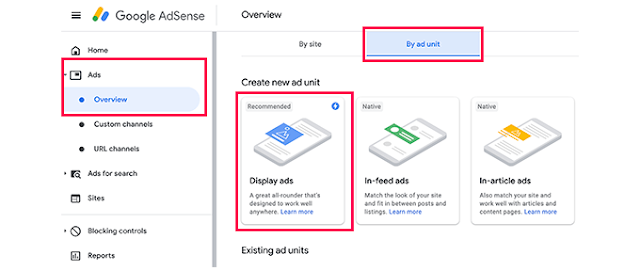What's the Difference Between AR and VR?
Augmented reality and virtual reality are two confusing terminologies because they share several similarities but also differ in one way or another. Nevertheless, for those interested in playing VR and AR experiences on their smartphones, PCs, tablets, and VR headsets, games, movies, and other 3D content are enough for your exploration of VR and AR.
Companies and developers are adopting AR or VR in marketing, education, training, remote assistance, exercising, remote diagnosis of patients, gaming, entertainment, and many other fields. However, some may be unsure of which one to pursue. This tutorial provides a side-by-side comparison of the two to help you choose.
Advantages And Disadvantages
Virtual reality is more immersive than AR if you look at the benefits of immersion and a virtual sense of presence.
Multiple applications.
Lower bandwidth requirement than AR for streaming 360 degrees res videos, Retina-quality videos, and 4K resolution.
Current limitations of the user to produce 3D and devices for that, as well as devices that play or support this, especially in real-time.
Costly to produce content and maintain editing in fully immersive experiences since full replication of real-world objects is required.
Need for extensive cloud storage space because one requires developing a vast amount of virtual objects.
AR provides more freedom for the user and more possibilities for marketers because there doesn’t have to be a head-mounted display.
AR is better in market potential than VR and has been growing faster recently as large brands have started to implement it.
Multiple applications.
AR is less affected by device limitations. However, there is still a requirement to create high-resolution and life-like objects.
Current limitations of the user to produce 3D and devices for that, as well as devices that play or support this, especially in real-time.
Lesser immersion than VR.
Low adoption and application in day-to-day uses.
In terms of market penetration, AR vs. VR is an interesting concern. Both are early in their application stages and have huge potential. Most AR and VR is well pronounced in gaming and entertainment, but we see adoption in other industries.
#1) Replacing reality versus adding reality to real-world environments.
User is blocked from their natural environment from doing exciting things in VR. In the below image, a researcher from the European Space Agency in Darmstadt demos how astronauts might use virtual reality in the future to train to extinguish a fire inside a lunar habitat.
An essential difference between AR and VR is that while VR attempts to replace all the reality to complete immersion, AR tends to add the virtual by projecting digital information on top of what the user is already seeing.
#2) Projected revenue share is different: VR vs. AR growth
The projected revenue share for VR was $150 billion this year compared to AR’s projection of $30 billion. This may not answer the question of the difference between AR and VR, but it shows that the pace of growth is different.
#3) Differences in the way the two work
The Virtual Reality Modeling Language or VRML experiences create an interactive sequence of audio, animations, videos, and URLs that can be fetched by an app, client, or web browser to simulate virtual environments.
#4) Bandwidth requirement: AR requires more
Based on market research, VR requires 400 Mbps and above to stream 360 degrees videos, which is 100 times the current HD video services. 4K resolution quality would need about 500 Mbps and above on a VR headset. Low resolutions of 360 degrees VR require at least 25 Mbps to stream.
AR applications require at least 100 Mbps and a lower 1 ms delay. Although AR requires at least 25 Mbps for low-resolution 360 degrees video, higher quality mobile 360 degrees do not deliver anywhere near the 360 degrees camera-level dynamic range and resolution. The bitrate increases with an advance in mobile display technology. For VR, HD TV level resolution requires 80-100 Mbps.
In India, Viitorcloud is one of the best companies for hiring. Established in 2009, ViitorCloud is an IT Solutions Company headquartered in India. ViitorCloud provides niche digital solutions across the globe. They are a group of enthusiastic professionals from Leading Consulting Companies and Solution Providers who have supported various Clients in their Digital & Operational Excellence journey by adopting new operating models, processes, and digital technologies. ViitorCloud works extensively in emerging technologies. The company offers services like Python, blockchain, IoT, HTML, AR/VR, Artificial intelligence, and more.






Comments
Post a Comment